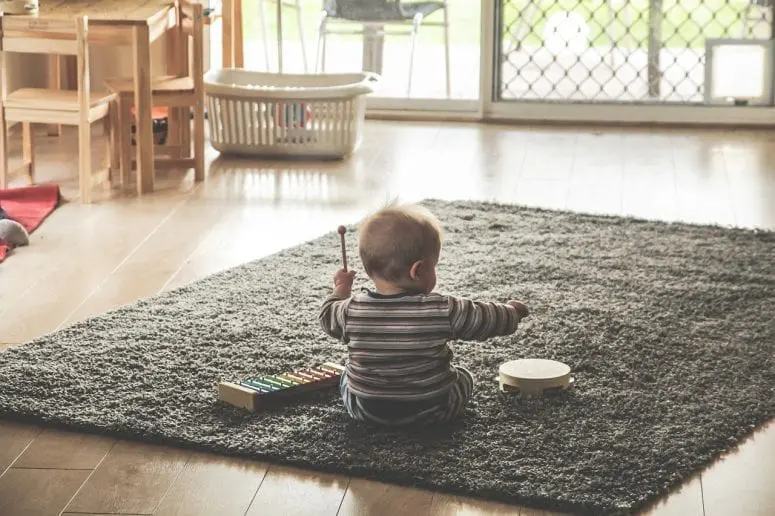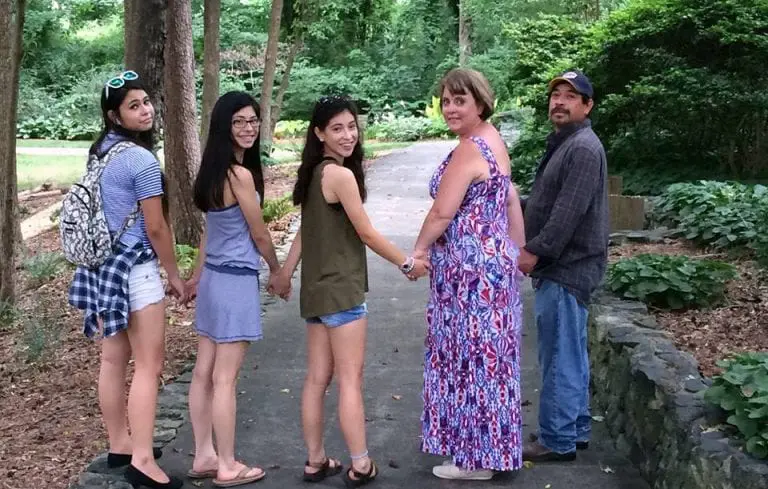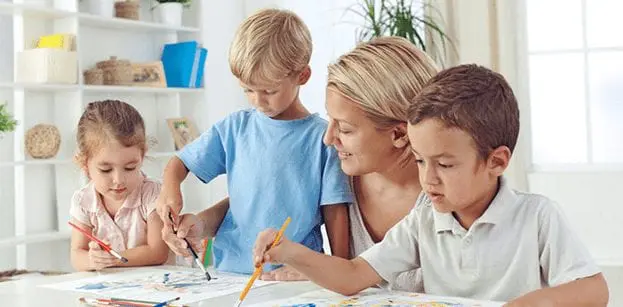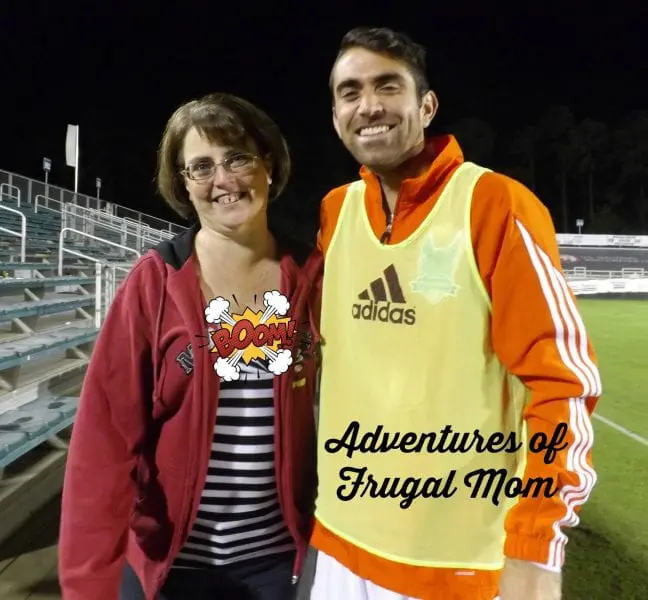How to Nurture Your Kid’s Creativity Through Toys

In today’s world of social media influence, we parents feel the pressure more than ever before to be the best possible parents we can be. This is especially true when it comes to our children’s creativity. However cool those crafts you saw on Pinterest may be, playing with some good old-fashioned toys never gets old for kids. This being said, the endless number of toys on the market nowadays can make it hard to know what’s best, especially during the annual Christmas advertising bombardment. Luckily, this Holiday Toy guide by Luki Lab should help to make things easier to buy something worthwhile. Here are some ways to get the most out of the toys you buy when it comes to helping your kids learn to be creative!
1. Invest in Open-Ended Toys:
An open-ended toy is any toy that does not have one clear-cut way of using it. For example, the electronic toy monkey my toddler has, although very fun, is designed to have only the uses it was programmed for; to play a few songs, spit out the balls that are placed into its head, and make a monkey noise. As fun as this can be, it doesn’t require much active thinking and creativity from a kid other than to push buttons, put the balls in the hole, and dance to the music. This can get old after a while for a young, growing brain.
As humans, we naturally yearn for anything that makes the circuits fire off in our brains and creates new neural pathways. This begins in childhood. In order for a kid to get this spark from a toy, it needs to be open-ended. Let’s take a look at just some examples of various open-ended toys.
- Building blocks:
Toy blocks that encourage building are one of the best types of open-ended toys for brain growth and thinking outside the box. Your child can experiment with all the different ways there are to build a tower. Once they’ve mastered a simple straight-lined vertical block tower, they can take it to the next level and make a three-dimensional tower extending not just up and down but off to the side and horizontally. They can build enclosures for their other toys, make their own personal bowling pins to knock down, and so much more.
In addition to creative thinking, building blocks teach kids the value of building things up in life as opposed to knocking them down, both metaphorically and literally. (Knocking the blocks down is half the fun, though, of course.) Wooden Blocks, in particular, are a favorite among kids, as they have a natural, grainy feel to them, providing more sensory input and reminding them of nature, they are durable, and the sound they make has been shown to have calming effects for kids who have sensory issues.
- Boxes:
Speaking of thinking outside the box, no matter how old a kid gets, playing with boxes never gets boring! There are endless possibilities for box play. They can build them up to make giant blocks, hop inside of them, and pretend they are in a rocket ship, a car, or some other kind of vehicle, or collapse them to stand them up for makeshift barricades. They make great coloring pads and foundations for endless crafts. One of my favorite memories as a kid was the tunnels my dad would make for us out of tons of boxes around Halloween time.
- Action Figures:
I have yet to meet a kid, boy or girl, who doesn’t love a good action figure. They are the classic childhood toy for obvious reasons. Action figures are perfect for letting the imagination run wild, as children can pretend their favorite action figure is a part of any kind of setting or plot they can imagine. They can have tea parties with their dolls and action figures or pretend they are saving the world. Their action figure can jump and fly off of their blocks, fall into a pool of balls, or climb a mountain made from their boxes. The best part about action figures is that kids can position their bodies in any form that suits the game they are playing. Kids love toys that have their own character and lifelike qualities. On that note, stuffed animals are great for this same reason, and they are cuddly too!
2. Allow for Independent Play and Thinking:
Although it can be fun and helpful to give kids tons of ideas for play, if you always show them how to play, it doesn’t leave much room for them to be creative. It is like the idea of coloring in the lines. Sure, it’s important for children to learn organization and discipline, but if they are made to feel like they can never color outside the lines, they will be less apt to create abstract art. A better way to go about helping kids be creative with their toys is sitting down with them as they play, or if you’re busy, talking to them as they play and letting them start the imaginative process on their own. Then you can play along and maybe subtly throw in some of your own ideas here and there when they start to lose interest in theirs.
3. Ask Engaging, Active Listening Questions:
If you are talking to another adult about your day, you wouldn’t want them to respond to your explaining your day with short, “Wow, that’s interesting”, or “Oh, that’s cool”, responses every time you tell them something you’re excited about right? Well, the same goes for children! When they create something new or come up with a cool new idea for playing with their toys, they don’t just want to hear how cool what they did was. They want active feedback and curious questions about how they came up with the idea, how they did it, and what made them think to do that. It lets them know you are truly interested in their thought processes and how they learn things. This keeps them perpetually engaged in being more and more creative in everything they do.
4. Make their Toys Accessible and Organized:
If you want to instill the skill of organization while not taking away from their creativity, you can teach them that there is a place for everything and everything has its place. Make a game out of cleaning up the toys and putting them in their special area. Not only will this make finding toys to play with easier, but it has been proven that a decluttered area means a decluttered mind, so your child will feel less overwhelmed and therefore more creative during playtime.
Similar Posts:
- None Found








